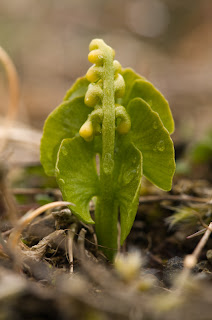Well, I've applied, been interviewd, been medically examined (!) and been offered a job with the British Antarctic Survey to work at King Edward Point in South Georgia! This is a dream job for me, something I have always wanted to do and I still quite can't believe I'm getting to do this! This blog started with me in the Falklands, followed me back north to Shetland, and will continue when I head south again.
One of my friends from uni came to visit, and I took them to see the sights of Shetland. Otters have to be one of the highlights for anyones visit, and we were lucky to see them a few times. The best sighting was at the Toft ferry terminal, the obliging otter even came up the beach to within a few meters and ate a big fish infront of us!
Beautiful wildflowers at Breken sands, north Yell
A beautiful night at Burrafirth (midnight)
The shore station lit up by a moth trap
With the Red Throated Diver chicks getting to a good size it was time to do the annual ringing expedition. Being a Schedule 1 species you have to have a special licence to ring divers, you also need a licence to approach the breeding lochans, and also to photograph them there. In the north of Unst we ringed three chicks on Hermaness NNR, and three chicks off the reserve. Just south of the reserve we caught an adult that had been ringed five years ago on the reserve. This was great to know, but even more impressive was an adult from the south of Unst that was discovered to have been ringed 24 years ago! This beats the previous longevity record of 23yr 7months.
Measuring the bill length
Releasing one of the chicks
A large chick posing until it realised it was free!
As I was coming down from the cliffs I spotted a Bonxie regurgitating food for it's two chicks really close to the path. Watching it briefly it flew up over me and landed just the other side of a small lochan, and started feeding on a dead Bonxie chick. Every time another bonxie flew over head it would display before going back to eating some more. Cannibalism isn't uncommon, but can be increased by people walking through the middle of colonies, disturbance causes the chicks to run away and move into neighbouring territories where they are often attacked. This is why it is important to keep to the paths.












